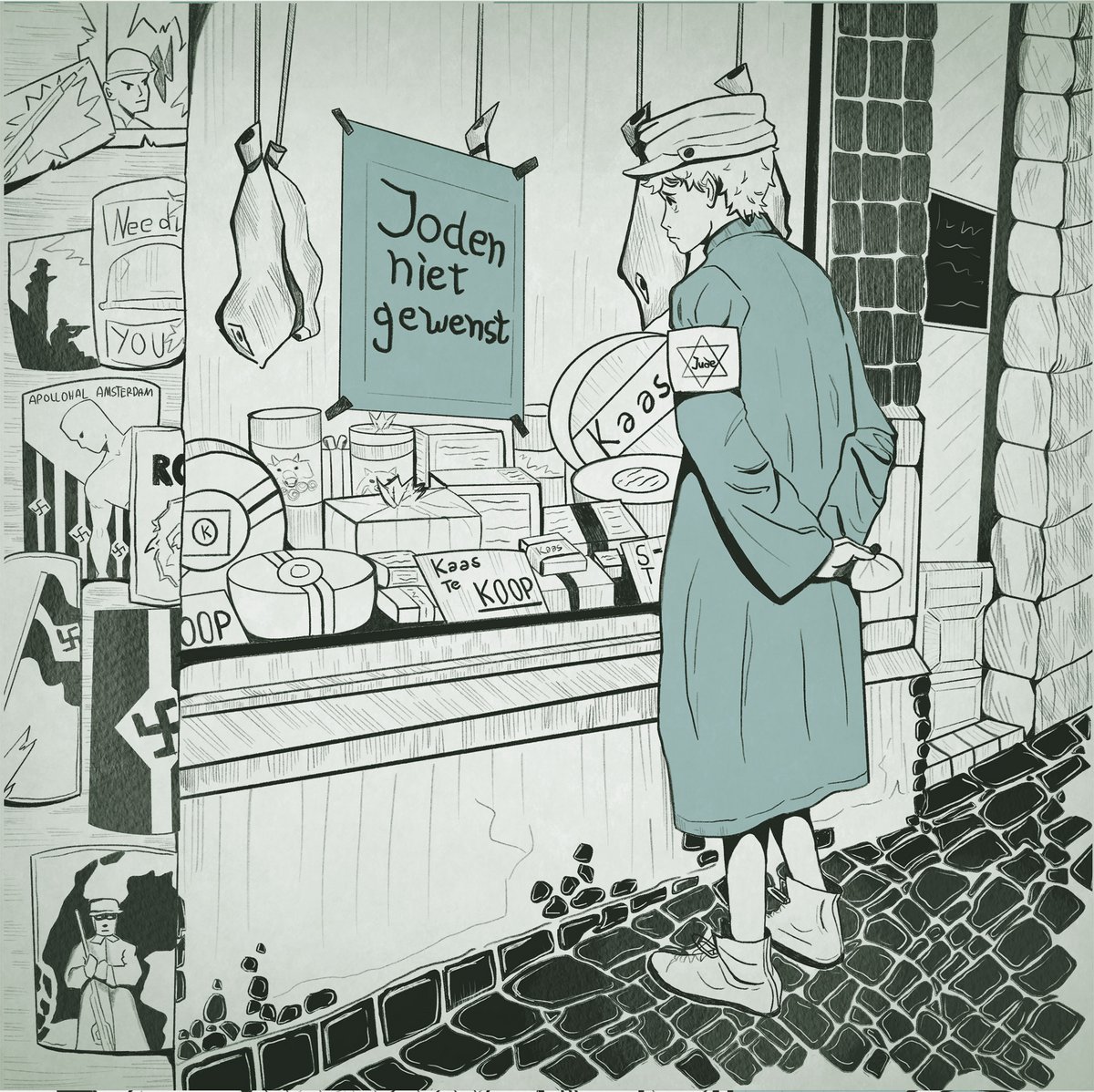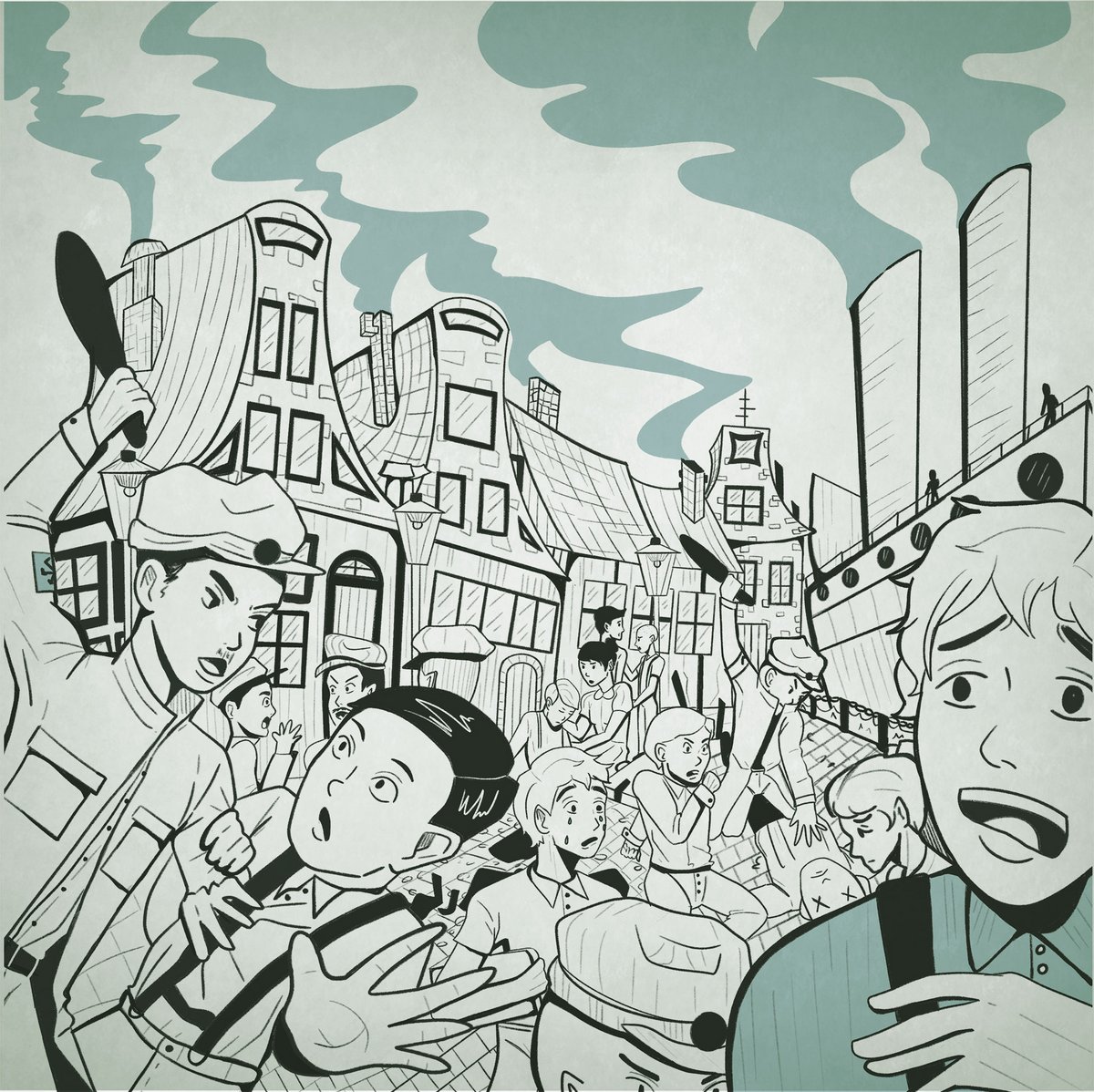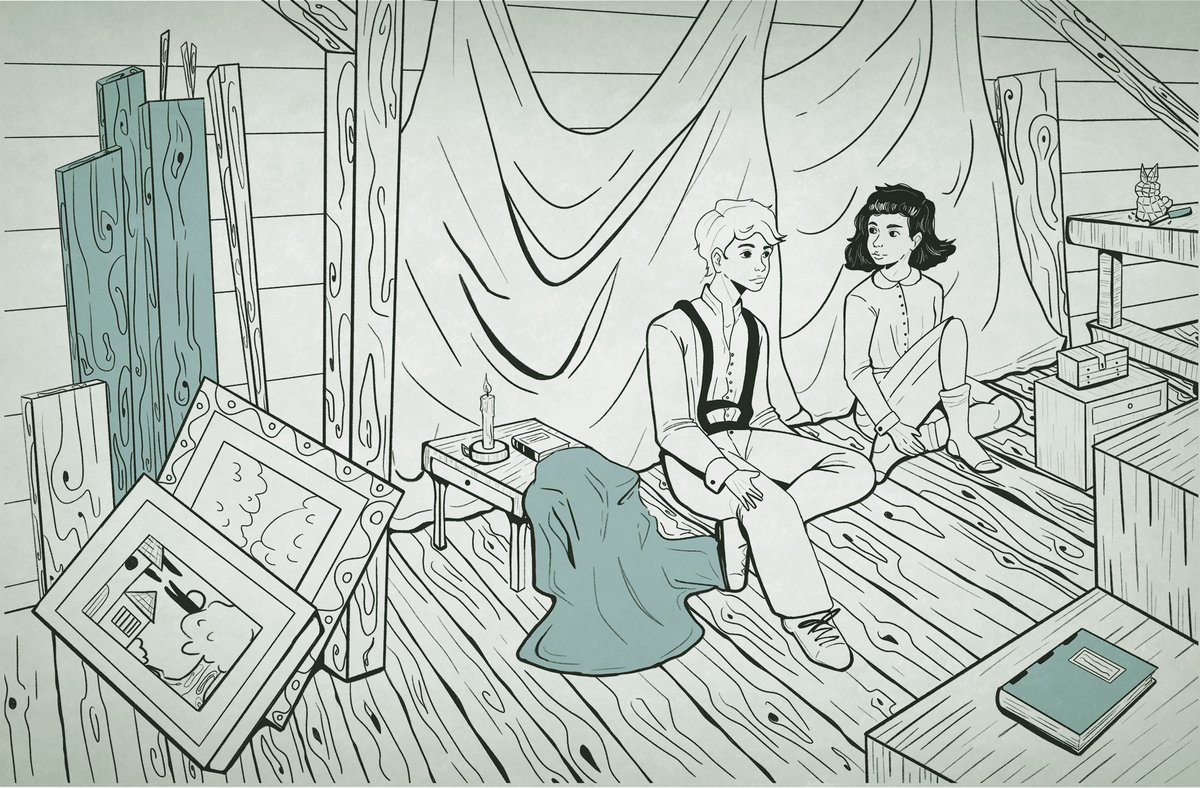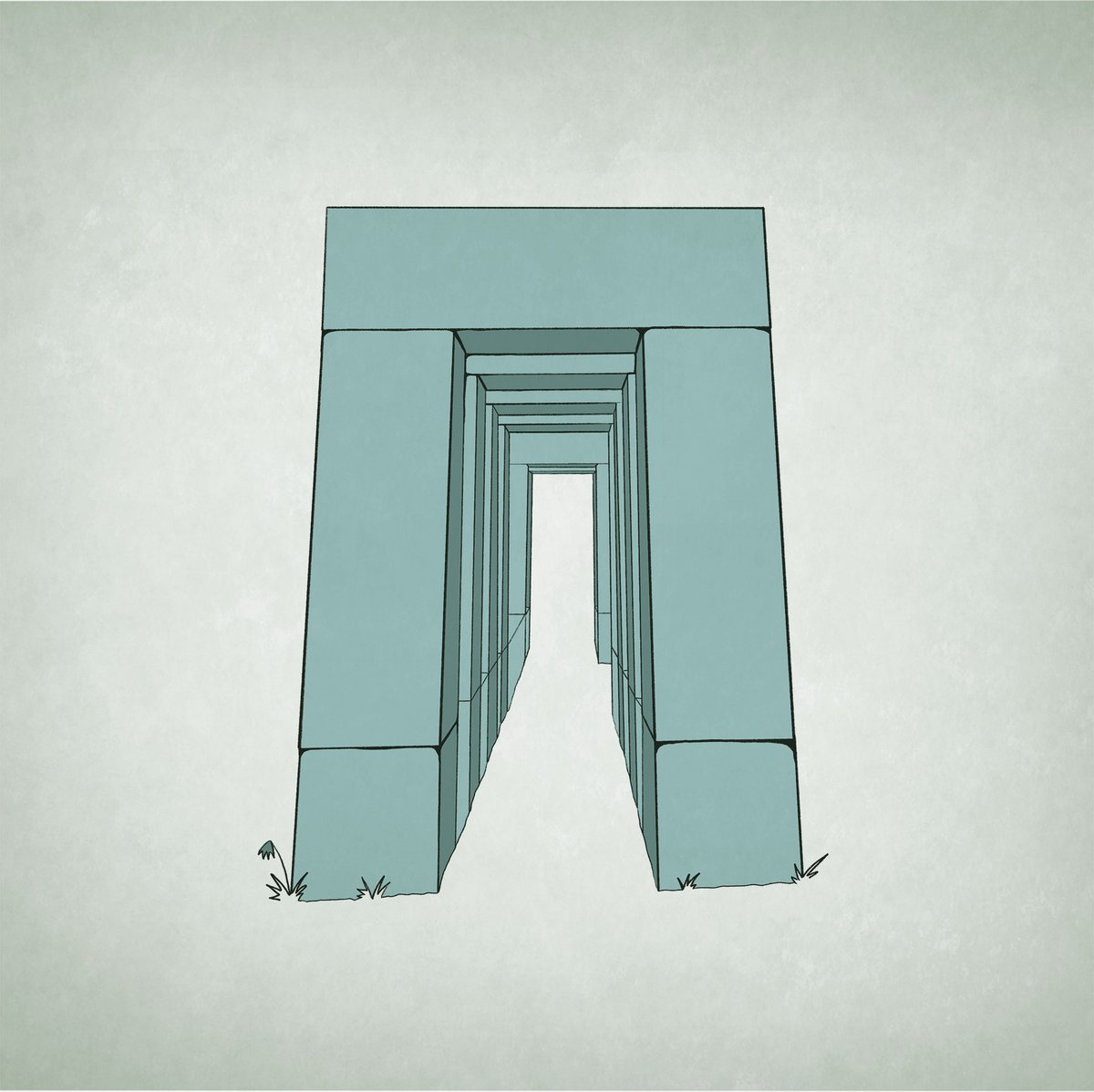In 1938, in a small town in Upper Austria, one of the many Nazi concentration camps was constructed. It was known as the Mauthausen concentration camp. It existed from 1938 to 1945. The camp was run and guarded by the SS. The people who were imprisoned here came from many countries in Europe: Poland, Russia, France, Italy, Germany, Austria and others. They were political opponents, belonged to marginalised groups (e.g. ‘criminals’, ‘asocials’) or were persecuted for anti-Semitic and racist reasons (e.g. Jews). Most of the prisoners were men, but there were also women and children. In the Mauthausen quarry, the prisoners carried out hard forced labour.
In the more than 40 subcamps (Gusen, Steyr, Linz, Ebensee, Vienna ...), they were deployed in the arms industry. People lived in overcrowded accommodation. They were not given enough food and clothing, and they starved and died of diseases. SS men beat many prisoners to death, shot them or murdered them in the gas chamber at Mauthausen. In total, almost 200,000 people were imprisoned at Mauthausen and its subcamps. Half of them lost their lives.
The Mauthausen concentration camp was on a hill and could be seen for miles around. Many people were involved with the camp: they worked there, brought deliveries or knew SS men. Almost everyone knew about the death camp. Often, the SS men committed the crimes in full view of the population. On 5 May 1945, the Mauthausen concentration camp was liberated by US troops.
Here you will read the story of a person who was connected with the Mauthausen concentration camp.
Peter van Pels
Text: Stefan Vass – Illustration: Laetitia König

Peter van Pels is born in Osnabrück, Germany in 1926. He is the only child of Hermann and Auguste van Pels. The living situation increasingly deteriorates for the Jewish family after the National Socialists come to power in 1933. In 1937, the family emigrates to Amsterdam.
In 1940, German troops occupy the Netherlands. Jews are increasingly driven out of public life; they are no longer allowed to hold a public office or go to university.

In February 1941, Dutch Nazis march through Amsterdam’s Jewish quarter. There are violent confrontations. The Nazis arrest over 400 Jewish men and deport them to the Mauthausen concentration camp.
There is resistance to the deportations among the Dutch population. The Communist Party organises a general strike: on 25 February 1941, Amsterdam’s shipyard workers, steelworkers and streetcar drivers stop working, and school pupils walk out of classrooms. The strike is brought to a brutal end by the occupying forces.
By the end of 1942, another thousand Jewish men are deported to the Mauthausen concentration camp. The SS murder the Dutch Jews within a short space of time from 1941 to 1942.
In the summer of 1942, the deportation of over 100,000 Dutch Jews to the death camps begins. The van Pels family decide to take a desperate step: they go into hiding with the Frank family, who are also Jewish. Hermann van Pels works in Otto Frank’s spice company. They convert the company’s rear building into a secret annex. A bookcase in front of the door hides the entrance, and they cover the windows with sheets. Some employees of the company help by providing food.

Peter and his parents move into the rear building on 13 July 1942. He is allowed to bring his cat, Mouschi. Peter is the only one in the secret annex to get his own room, albeit a small one that is largely taken up by a staircase. The other people in the annex are Otto and Edith Frank, their daughters Margot and Anne, and a family friend, Fritz Pfeffer. Anne Frank writes her later world-famous diary in the secret annex.
To begin with, Anne is not keen on Peter. On 21 August 1942, when Anne is 13 and Peter is 15, she writes in her diary: ‘He’s a boring boy. He lies around on his bed all day, does a bit of woodwork, and then goes back to snoozing. What an idiot!’
In their time in the secret annex, the people hiding there are pushed to breaking point. They are not able to make any noise that might be heard in the outside world. Often they have the same food for weeks – such as sauerkraut.
Peter has to continue studying while in hiding. His schedule includes English, French, shorthand, woodwork, economics and arithmetic. Peter’s parents argue a lot. He often retreats to the attic to make things, do woodwork, or chop wood for the stove.
Over time, Anne and Peter grow closer. Anne is looking for someone to talk to. They often meet in the attic and talk about their living situation, their parents and their plans for the future. The two fall in love and have their first kiss together. Anne writes in her diary on 19 March 1944: ‘I feel like Peter and I share a secret. Whenever he looks at me, with those eyes, that laugh and that wink, it’s like a light goes on inside me. I hope it stays that way and that we spend many, many more beautiful hours together.’ After a while, however, Anne realises that Peter can’t be the boyfriend she hoped for and goes back to keeping more of a distance.

On the morning of 4 August 1944 – when Peter is learning English with Otto Frank – Dutch policemen under the command of the SS discover the rear building. Everyone in the secret annex is arrested and taken to the Westerbork transit camp. A fellow prisoner later says that Peter and Anne were often together during their time there.
On 3 September, they are all transferred to the Auschwitz-Birkenau concentration camp on the final transport. During the ‘selection’ men and women are separated. Peter sees his mother and Anne for the last time. Peter is assigned a job in the camp’s post room. Soon after, his father is sent to the gas chamber. His mother later dies when being transported by train. Edith Frank dies in Auschwitz; Margot and Anne Frank die in the Bergen-Belsen concentration camp. Fritz Pfeffer dies in the Neuengamme concentration camp.
When the Red Army approaches Auschwitz in early 1945, the camp is evacuated. All prisoners who can still walk are sent on a death march. After days of torturous transport, Peter van Pels arrives first at Mauthausen and then at the Melk subcamp. He has to do forced labour on the tunnel-building project. Peter is taken ill and transferred back to Mauthausen as he is considered ‘unfit for work’.
He is severely weakened but witnesses the liberation by the US Army here on 5 May 1945. On 10 May, Peter van Pels dies in Mauthausen at the age of 18.
Otto Frank is the only one from the secret annex to survive. In 1947, he publishes the diary of his daughter Anne, which was found by one of the people who helped them hide.

- 1926 Peter van Pels is born in Osnabrück
- 1933 30 January – Adolf Hitler becomes Reich Chancellor in Germany
- 1937 The van Pels family emigrates to the Netherlands
- 1938 12 March – ‘Anschluss’ (‘Annexation’) of Austria to Nazi Germany
- 1938 8 August – Construction begins on the Mauthausen concentration camp
- 1939 1 September – Start of the Second World War
- 1940 10 May – the German Wehrmacht invades Yugoslavia
- 1941 February – 400 Amsterdam Jews are deported to the Mauthausen concentration camp
- 1941 25-26 February – General strike in the Netherlands
- 1942 A thousand Amsterdam Jews are deported to the Mauthausen concentration camp; deportations to the death camps begin
- 1942 July – The Frank and van Pels families hide in the rear building; they are later joined by Fritz Pfeffer
- 1942 – 1944 Anne Frank writes her diary in the secret annex.
- 1944 August – They are discovered and arrested
- 1944 September – They are deported to Auschwitz
- 1945 January – Peter van Pels is forced to death march from Auschwitz to Mauthausen, then transferred to Melk subcamp
- 1945 He is transferred back to Mauthausen
- 1945 5 May – The Mauthausen concentration camp is liberated by the US Army
- 1945 8 May – Nazi Germany surrenders; end of the Second World War in Europe
- 1945 10 May – Peter van Pels dies in Mauthausen
Further reflection in groups...
What do you think Peter van Pels was like based on Anne Frank’s diary entries? Try to describe him briefly.
The non-Jewish population of the Netherlands protested the persecution of Jews with a general strike in 1941. Do you know of any contemporary examples of people standing up for others through strikes or demonstrations?
Peter and the others from the secret annex are initially imprisoned in the Westerbork transit camp. Research Westerbork on the Internet and find out which concentration and extermination camps the Jews were transported to from there.
When visiting the Mauthausen Memorial, ask your guide where the Dutch Memorial is located. Search for Peter van Pels’s name.